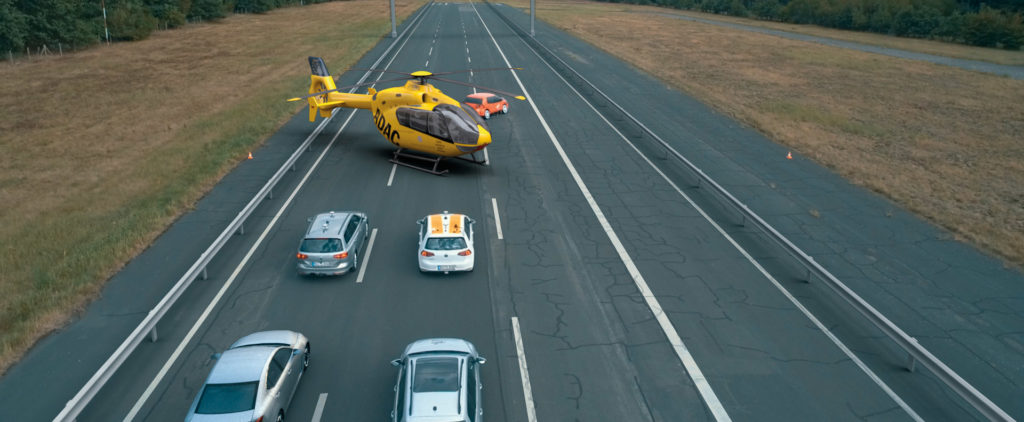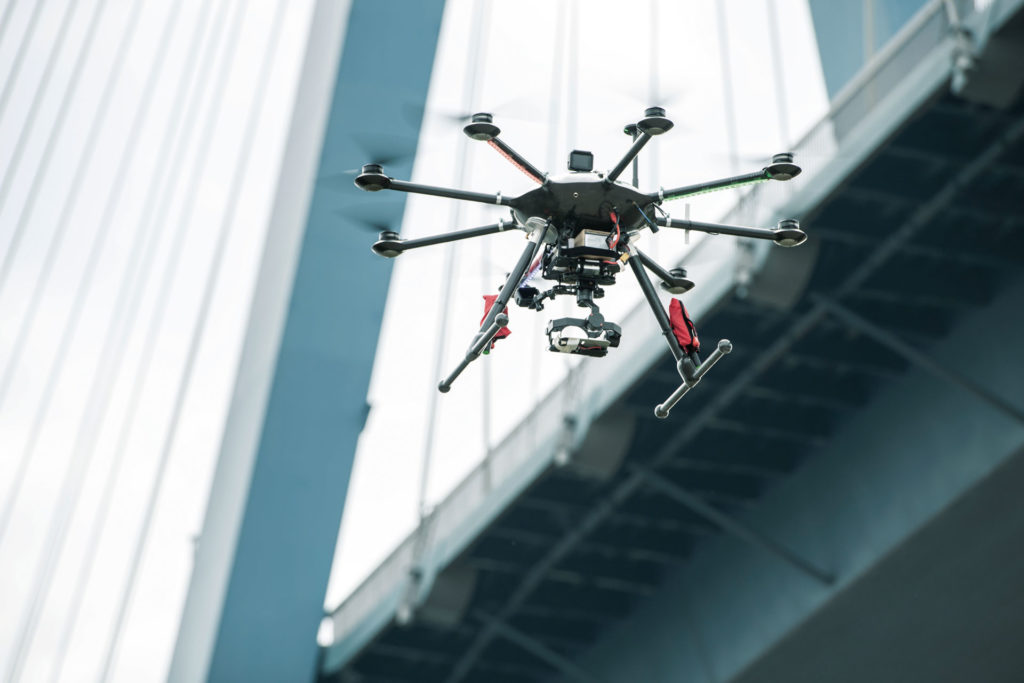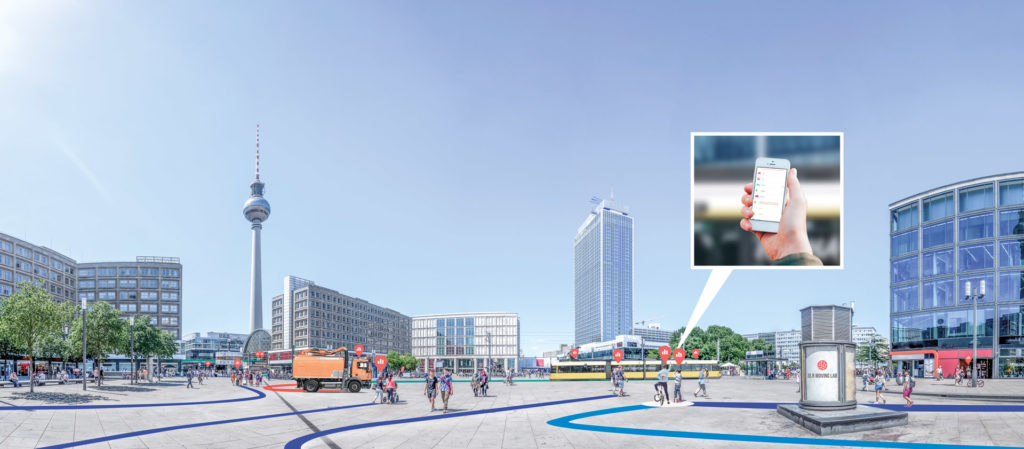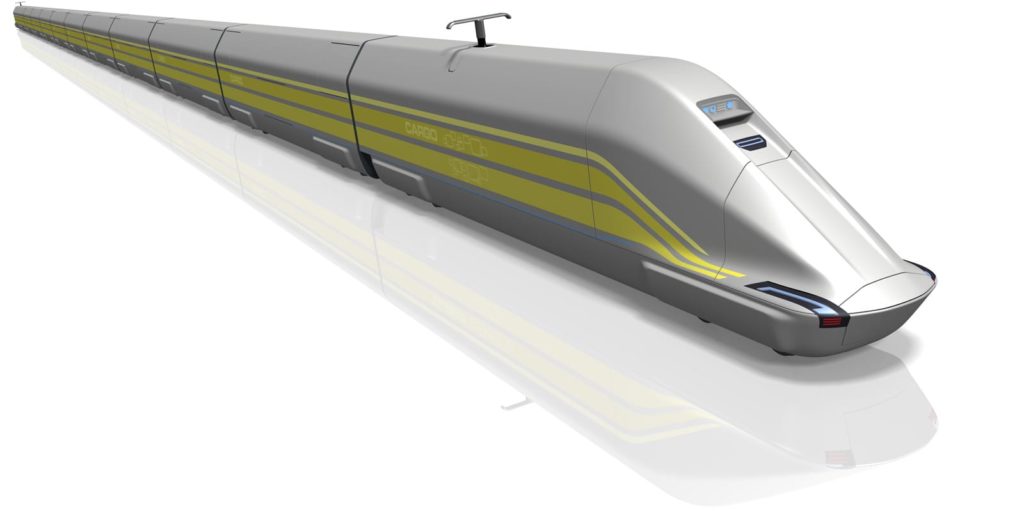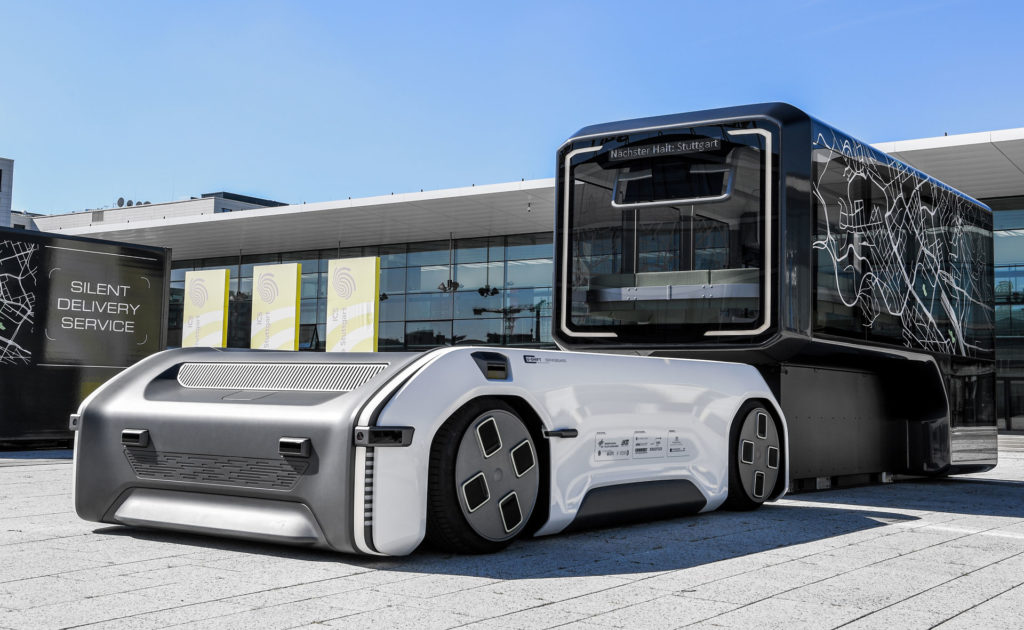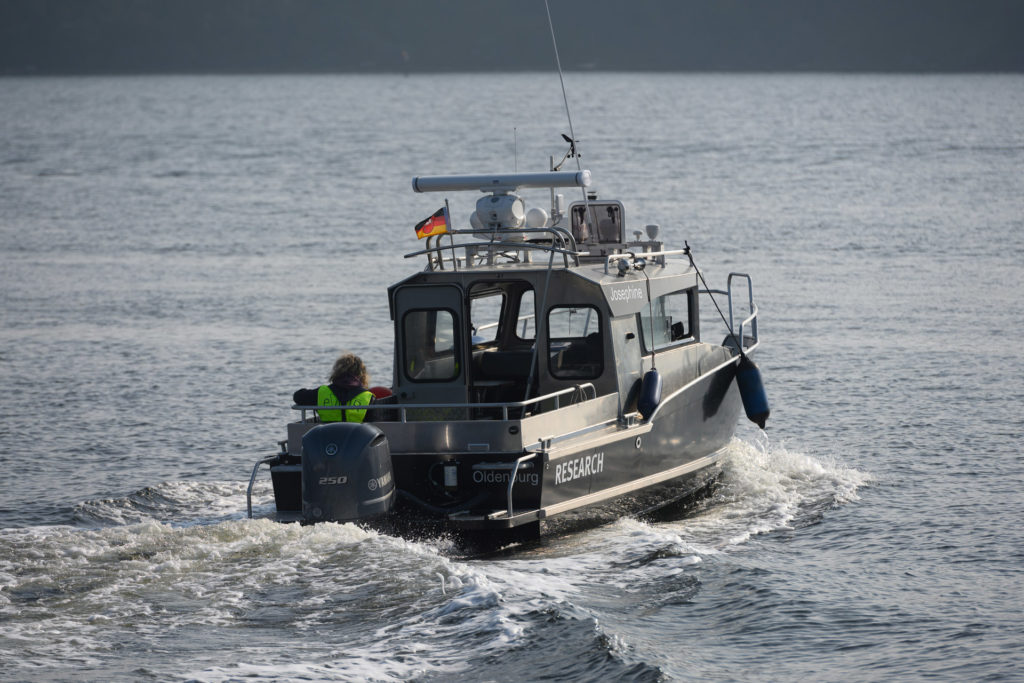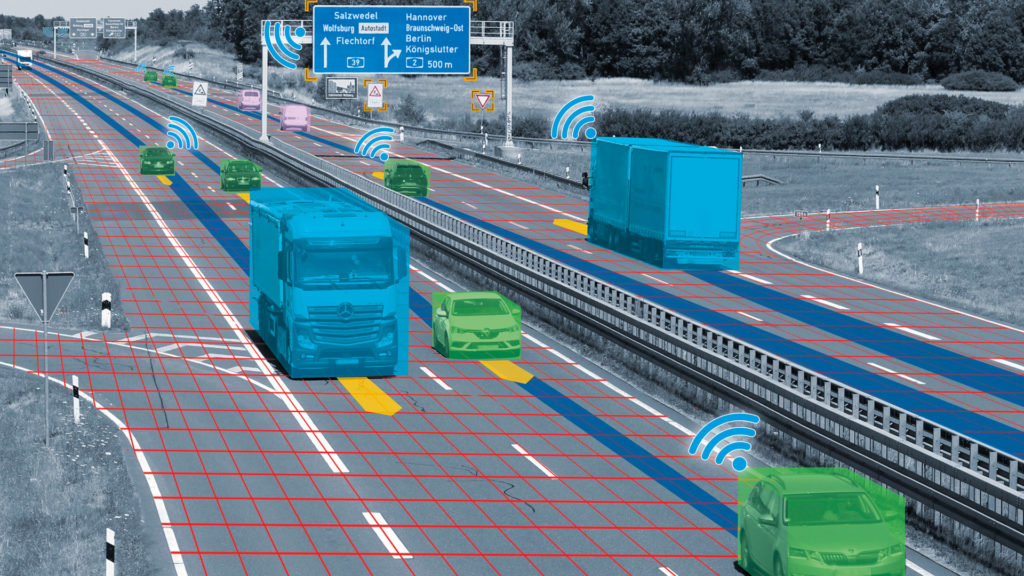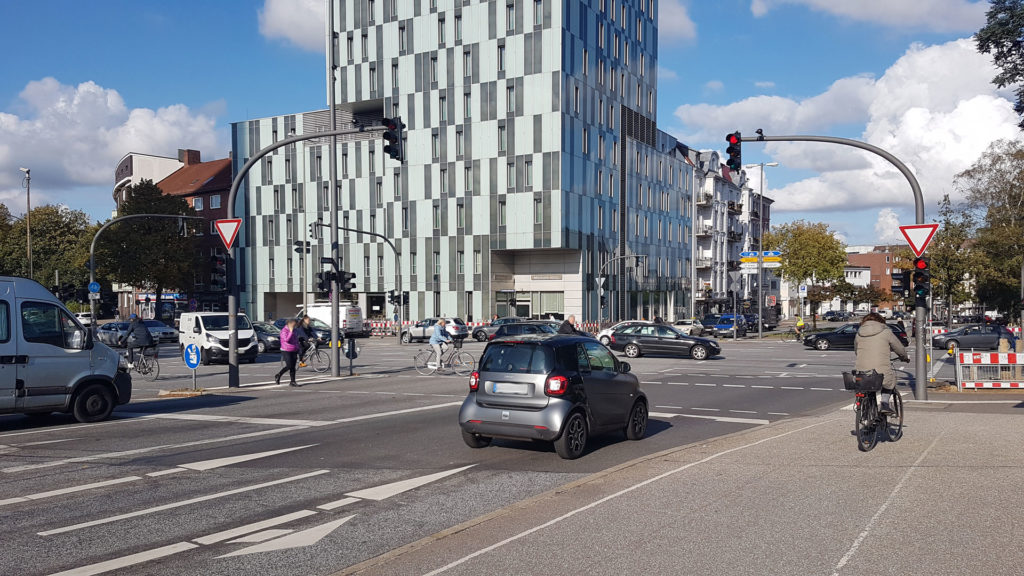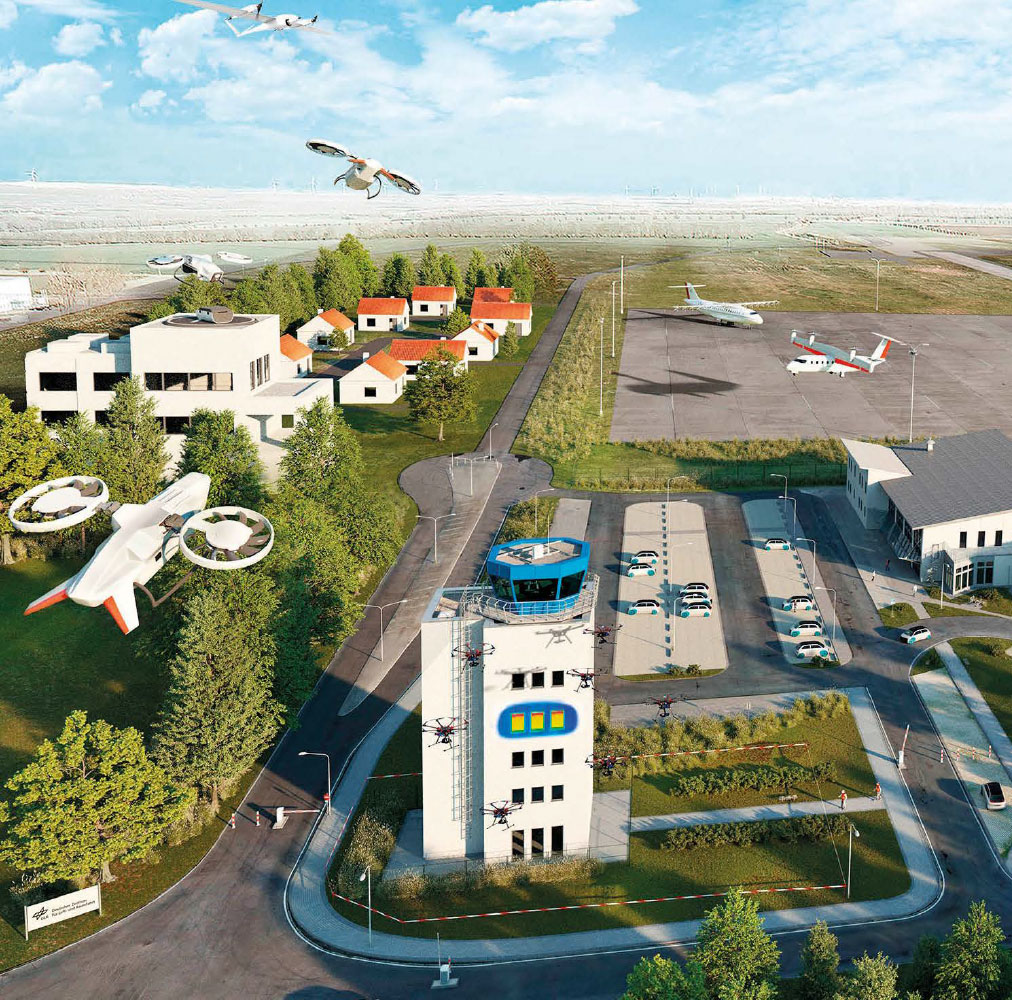The Intelligent Transport Systems (ITS) World Congress, the largest industry meeting in the field of intelligent mobility and digitalisation in transport will come to Germany in 2021. Experts from the mobility, logistics and IT sectors, as well as from trade organisations and government will meet in Hamburg from 11 to 15 October. The congress consists of three elements – programme sessions, live demonstrations of innovative products and technologies, and an exhibition.
The organisers expect up to 15,000 visitors from over 100 countries (depending on the pandemic situation), approximately 3500 international delegates, 250 projects and demonstrations as well as 400 exhibitors across 30,000 square metres of exhibition space. In addition, there will be 200 programme sessions and over 50 start-ups from the field of mobility.
Transport research at the German Aerospace Center (Deutsches Zentrum für Luft- und Raumfahrt; DLR) is exhibiting many exciting and innovative technologies and projects. They are all united by the goal of bringing the mobility of the future closer to people and making it cleaner and safer. At the 150-square-metre DLR stand (B5220), visitors can see the first prototype of the futuristic U-Shift vehicle concept. This separates the powertrain and transport units and is quiet, safe, automated and networked on the road.
Another highlight is the synergistic connection of ground and air transport. The City-ATM project tests how airspace in cities can be managed and how drones or air taxis can be integrated into urban mobility concepts. Exhibits also provide insights into unique test fields for automated and connected transport on roads and shipping lanes and show concepts for sustainable and efficient rail freight transport.
Several live demonstrations planned in the Hamburg city area will also show high-tech in action. These include a demonstration from the field of rescue mobility, shown for the first time in this form, in which helicopters, drones and highly automated vehicles communicate with each other to create a safe landing area for a rescue helicopter. DLR researchers are also represented in the conference programme with a large number of contributions.
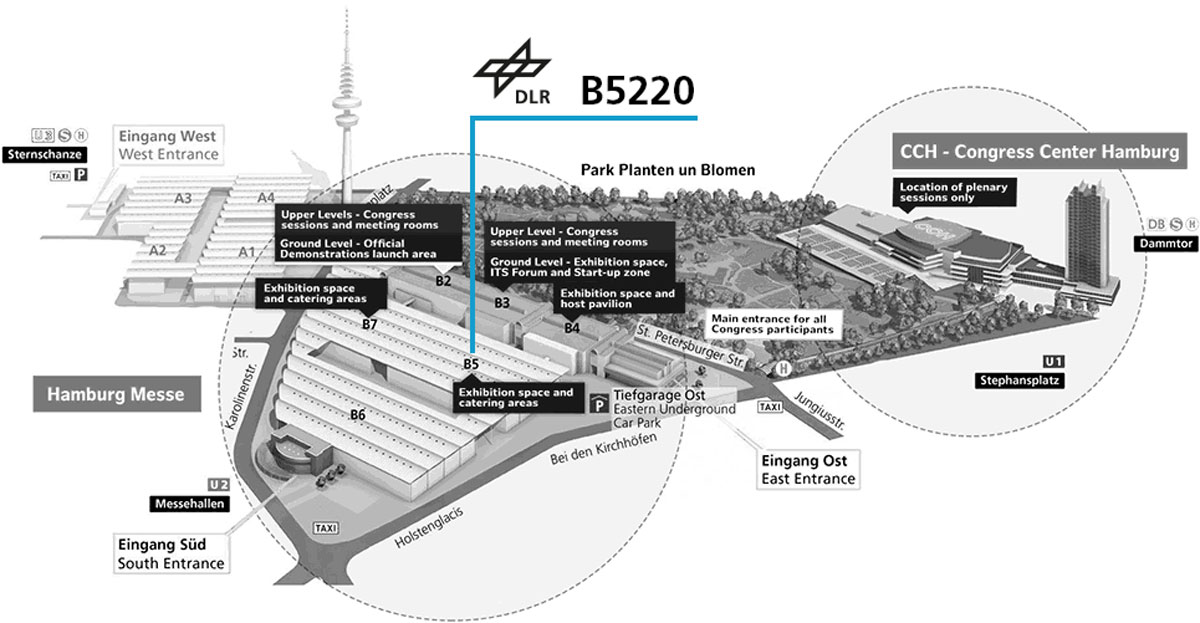
Please find further information on the website of the event organiser.
